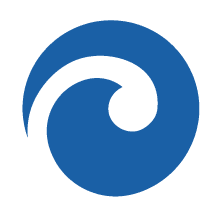The “Soil and Water Systems” (SOWAS) Division aims to enhance knowledge of the dynamics in the lower part of the Earth’s Critical Zone, which represents the interface between the atmosphere, hydrosphere, biosphere, and upper geosphere. This zone is particularly and increasingly affected by both anthropogenic changes (e.g., land use changes) and alterations in atmospheric patterns induced by climate change.
The study of this area is fundamental for understanding the interactions between soil and water, considered as a coupled system in which qualitative and quantitative aspects are interconnected and cannot be addressed separately. Water and soil are regarded both as resources that fulfil the needs of natural and human systems and as drivers of biophysical and biogeochemical processes capable of supporting and regulating various functions of the Earth system. For water, the focus will encompass various sources, from natural (surface and groundwater) to unconventional. Similarly, for soil, attention will be given to the dynamics involving different layers down to the bedrock.
To this end, the Division will develop, integrate, and/or adopt modelling tools across different spatial scales (from local to global) and temporal scales (from sub-daily to multi-decadal). The modelling approach will ensure full interoperability, bridging the common divide between methods addressing slow-onset events (e.g., droughts) and those addressing rapid-onset events (e.g., floods). Depending on requirements and opportunities, solutions will be adopted that are physics-based, data-driven, or hybrid.
The Division operates in synergy with other Divisions of the ICR Institute and the CMCC, including through Strategic Programs. For example, it contributes advanced components to studies on the nexus (IAFES), risk assessment (RAAS), regional climate modelling (REMHI), resource optimization systems and socio-economic evaluations (EIEE), as well as advancements in climate modelling and global forecasting systems (IESP).
SOWAS projects
The AQUA project, aimed at enhancing resilience to climate change in the…
IDEATION (InlanD watErs in the digitAl Twin OceaN) is funded by the…
SOWAS publications
European extreme events climate index (E3CI): a climate service for weather induced hazard
Giugliano G., Pugliese A., De Vivo C., Barbato G., Ellena M., Tirri A., Lo Conti F., Mortini L., Gallo E., Bonfiglio A., Mercogliano P., Rianna G.
2025, Frontiers in Climate, doi: 10.3389/fclim.2025.1628534
Published articles
Assessment of direct rainfall and flood-induced damage to land transport infrastructure using two-dimensional HEC-RAS 6.6 rain-on-grid simulation
Varra, G., Alperen Inan C., Della Morte, R. et al.
2025, Natural Hazards, doi: 10.1007/s11069-025-07484-w
Published articles
How will the projected climate change influence rainfall-induced landslides in Europe? A review of modelling approaches
Gariano S.L., Rianna G.
2025, Landslides, doi: 10.1007/s10346-025-02550-7
Published articles

